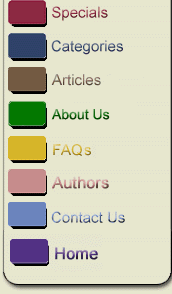


Confident Unfakable Authority of Real Experience
When he got home and sat down to examine his new book, Elwood was pleased to find the chapter titles much as he remembered them. Elwood had been seventeen when he read in the chapter "The Hurricane of '38" how the author, who was seventeen in September of 1938, had learned axmanship in the weeks following the hurricane from Lloyd, an experienced ax-man. As Lloyd and the author worked side by side clearing the considerable damage done by one of the most devastating storms to hit New England, Lloyd passed on a bit of ax wisdom, "Don't try to be too quick with an ax. Just make up your mind what you want to hit. Then do it." and "To do anything with an ax, you got to have more than steam. You got to use your head."
When he came to the chapter, "Hanging an Ax," Elwood remembered when he first read the chapter he did not know that "hanging" meant "fitting an ax with a handle that works." As he looked at the carefully drawn diagrams, Elwood realized the illustrations of S. Lawrence Whipple looked much like Eric Sloane's drawings.
After assuring himself that the book still contained the useful glossary which defined words such as sailor, kerf, bole and beetle, Elwood turned to the foreword. As he read, he found himself agreeing with Castle Freeman, Jr. who in the forward, had written that The Ax Book was a book about axes and "also a book about saws, fuel, wood, trees, forestry, steel, history, geography, morals and much else." As he read on, Elwood realized that probably the reason he, and the author of the foreword, appreciated the book so much was that The Ax Book was "endowed with the confident, unfakable authority of real experience."
About Us | Customer Service | Guest Book | Login